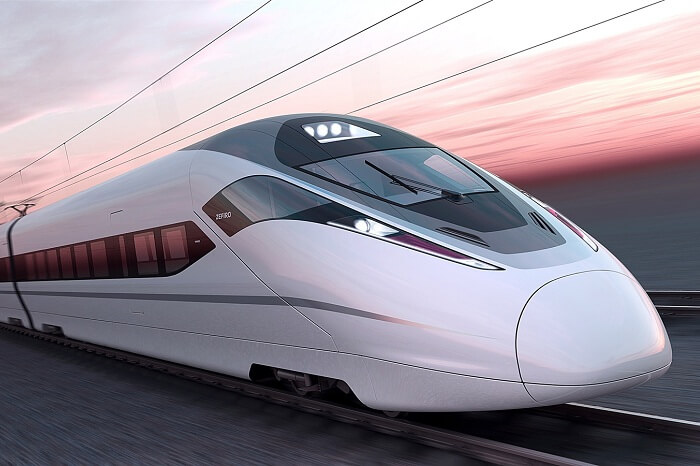The Indian Railways is working towards a mega expansion plan. According to Economic Times report, the railways is planning to include more than doubling the freight capacity and also adding new high-speed trains for which 10 corridors with a cumulative length of about 6,000 km have been identified. A proposal has been also moved to seek cabinet approval, which includes permission to conduct a feasibility study and a detailed project report for the 10 possible bullet train corridors- Delhi-Mumbai, Delhi-Kolkata, Delhi-Amritsar, Delhi-Varanasi, Delhi-Bhopal, Delhi-Ahmedabad, Patna-Kolkata, Nagpur-Mumbai, Chennai-Mysuru, and Chennai-Bengaluru. The Economic Times has quoted its sources saying that these projects will require investment of about Rs 10 lakh crore over 10 years. However, the plan is very preliminary.
At present, only one high-speed train corridor, Ahmedabad-Mumbai, has been planned.
Funding for all these proposed projects would come from agencies such as the World Bank, JICA and the Asian Development Bank.
Connecting the major cities of India has always been the priority of the NDA government. The first NDA government brought the golden quadrilateral plan to connect four major cities of the country in east, west, north, and south. The cities of Delhi, Mumbai, Kolkata, and Chennai were connected through highways. The Modi government brought the Golden Quadrilateral Freight Corridor (GQFC) connecting four major cities of the country through a freight corridor to increase the share of freight transportation of railways.
The high-speed rail (popularly known as Bullet train) will provide fast connectivity to all four corners of the country for public transport. Road connectivity greatly improved after the golden quadrilateral project and this was the reason why many companies shifted to roads from railways in order to transport goods. The roads could be used for human as well as goods transport but the bullet train will be exclusively dedicated to passengers. To take care of freight transport the work on Golden Quadrilateral Freight Corridor (GQFC) is in progress. The seamless connectivity of passengers and goods will give the country an economic boost.
The Modi government is spending on infrastructure in every part of the country according to their needs without any attempt to appease the people of a particular region with populist policies, unlike the previous governments and ministers.
The major industries of the country are located in these cities, so connecting them for passenger and freight transport through bullet train corridors will give an economic upliftment to the country. Good infrastructure is the basic necessity for the economic growth of any country but India lagged behind on this front for decades. A country which has been historically known to trade in almost every corner of the world lost its edge because the government did not focus on connectivity within and outside the country. Now as the government has started realizing the importance of trade and connectivity, the country is expected to reclaim its economic glory in future.
Also read: High Speed Rail: a welcome step in right direction
Also read: For Indian Railways, 2018 was a year of many milestones
